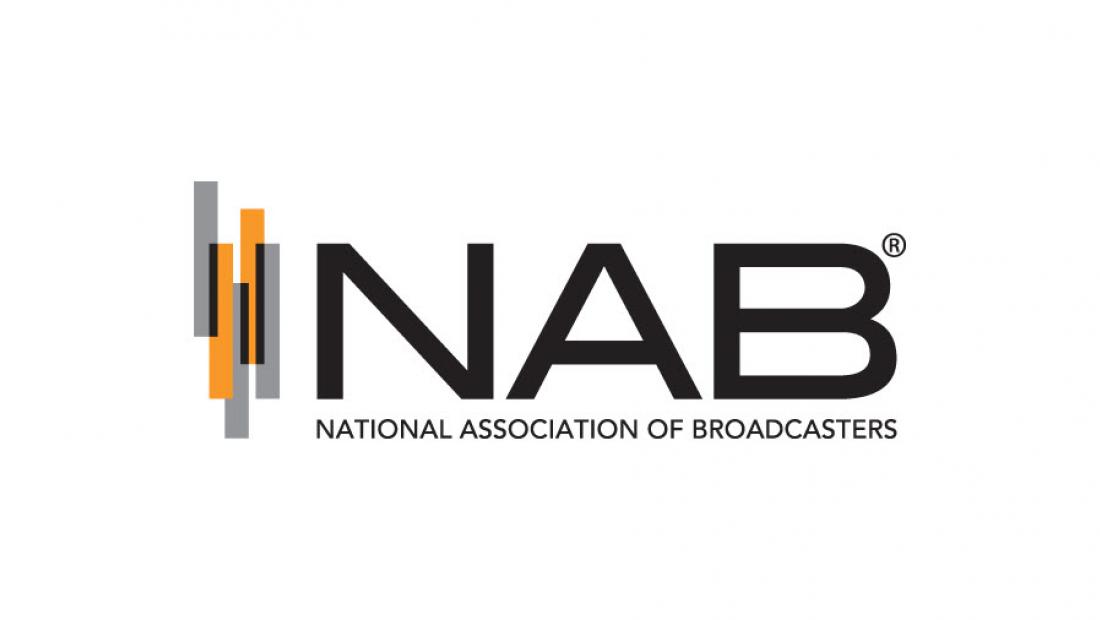NAB Slams OTI Opposition to Broadcast Vacant Channel Use

Broadcasters have told the FCC not to pay attention to the tech companies seeking to harpoon the great white (spaces) whale by preventing broadcasters from using vacant channels to help in the transition to next-gen ATSC 3.0 TV transmissions.
That came in a call this week between NAB execs and officials at the FCC's Media Bureau and Incentive Auction Task Force.
The National Association of Broadcasters was responding to Open Technology not wanting the FCC to grant broadcasters' request that those vacant channels be available for broadcast use as TV stations both move to new channels in the post-incentive auction repack and prepare to start using the new ATSC 3.0 transmission standard, which is not compatible with current TV receivers. OTI wants the channels for unlicensed use, which it says will help close the rural digital divide.
Related: NAB Considers Microsoft White Spaces Proposals for Rural's Sake
NAB pulled no punches in return, according to a written summary of the call. The execs said OTI had been in Ahab-like "glassy eyed" pursuit of the channel reservations, including offering up conspiracy theories and concocting inaccurate narratives.
"[T]here is no legal or policy reason to prevent broadcasters from using television channels to improve free local television service with public interest obligations far exceeding those of the companies that fund OTI," NAB said.
Broadcasters have increasingly been pointing to the regulatory imbalance between broadcasters and the new media that are angling for its spectrum and competing with it for eyeballs via online video.
The smarter way to stay on top of broadcasting and cable industry. Sign up below
OTI had told FCC staffers in its own meeting that letting broadcasters use the channels would be a spectrum giveaway to "subsidize the broadcasters’ ambition to compete with mobile carriers who, unlike broadcast licensees, paid for their spectrum at auction."
Contributing editor John Eggerton has been an editor and/or writer on media regulation, legislation and policy for over four decades, including covering the FCC, FTC, Congress, the major media trade associations, and the federal courts. In addition to Multichannel News and Broadcasting + Cable, his work has appeared in Radio World, TV Technology, TV Fax, This Week in Consumer Electronics, Variety and the Encyclopedia Britannica.

